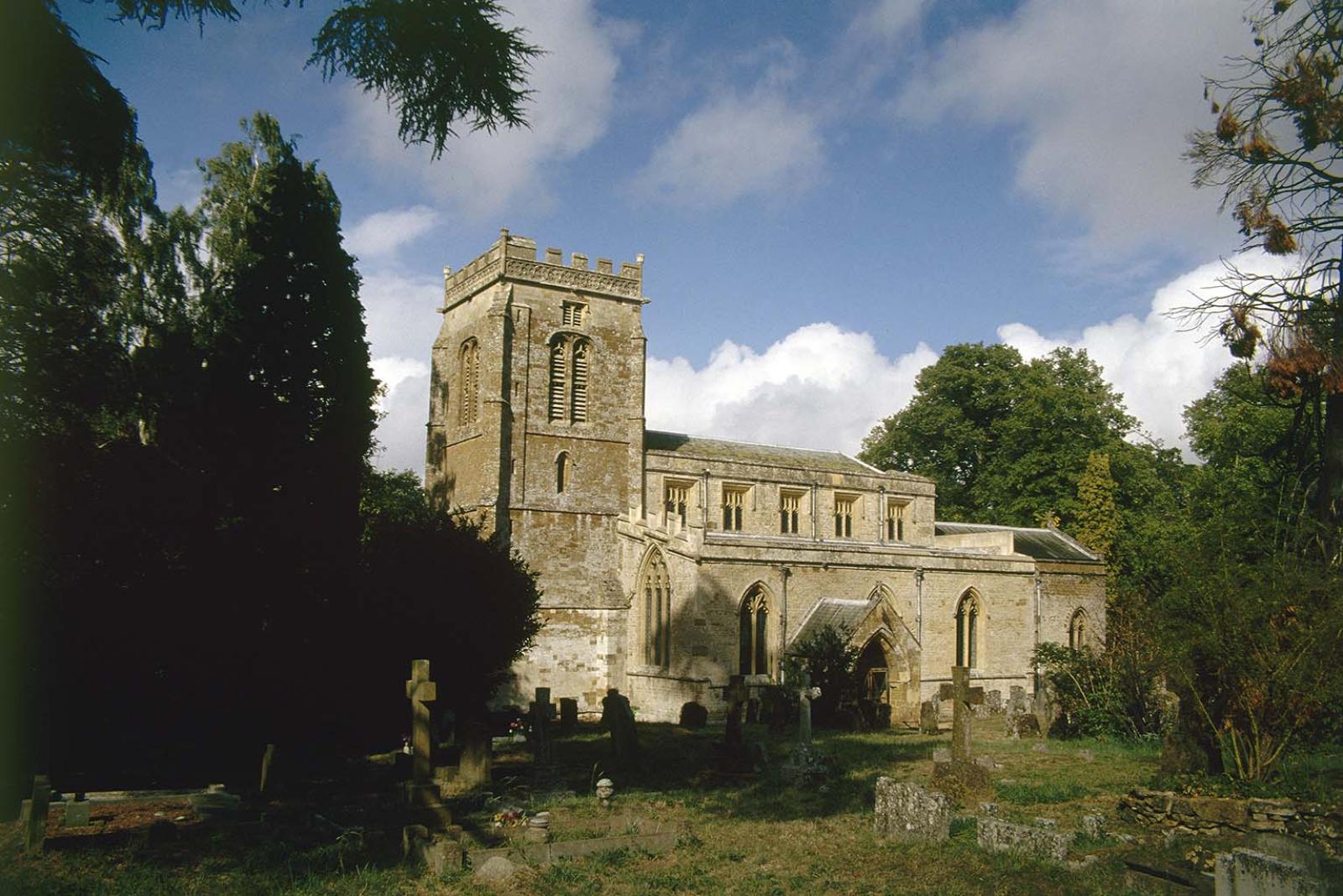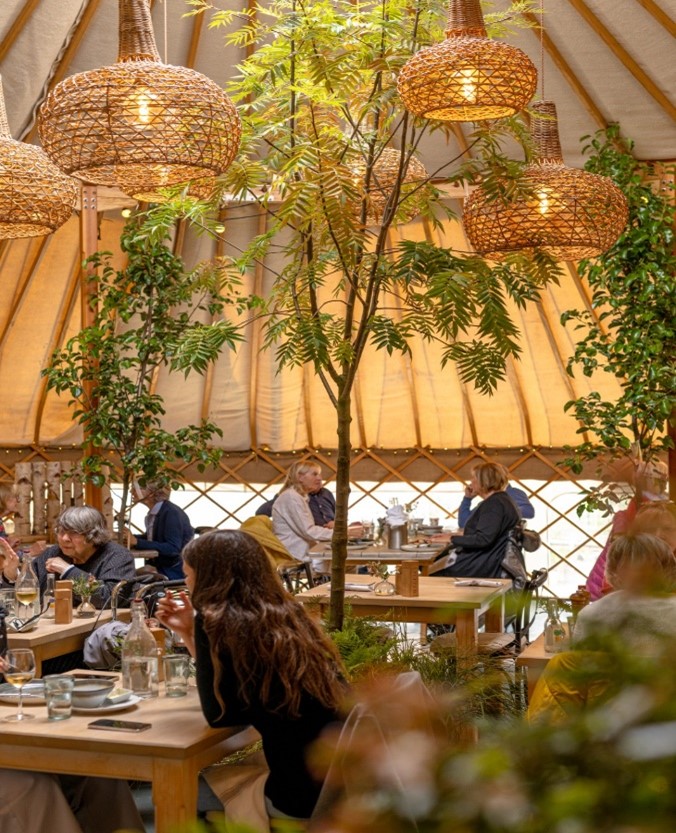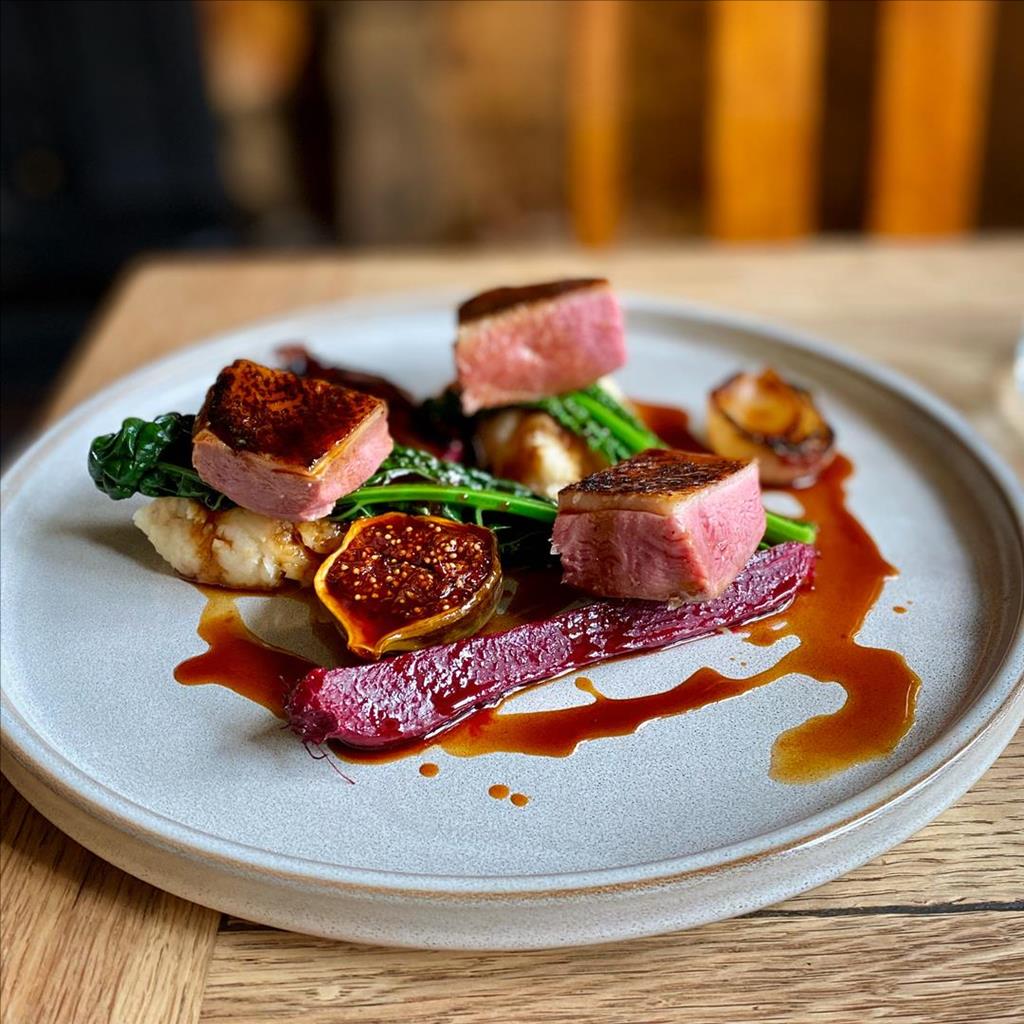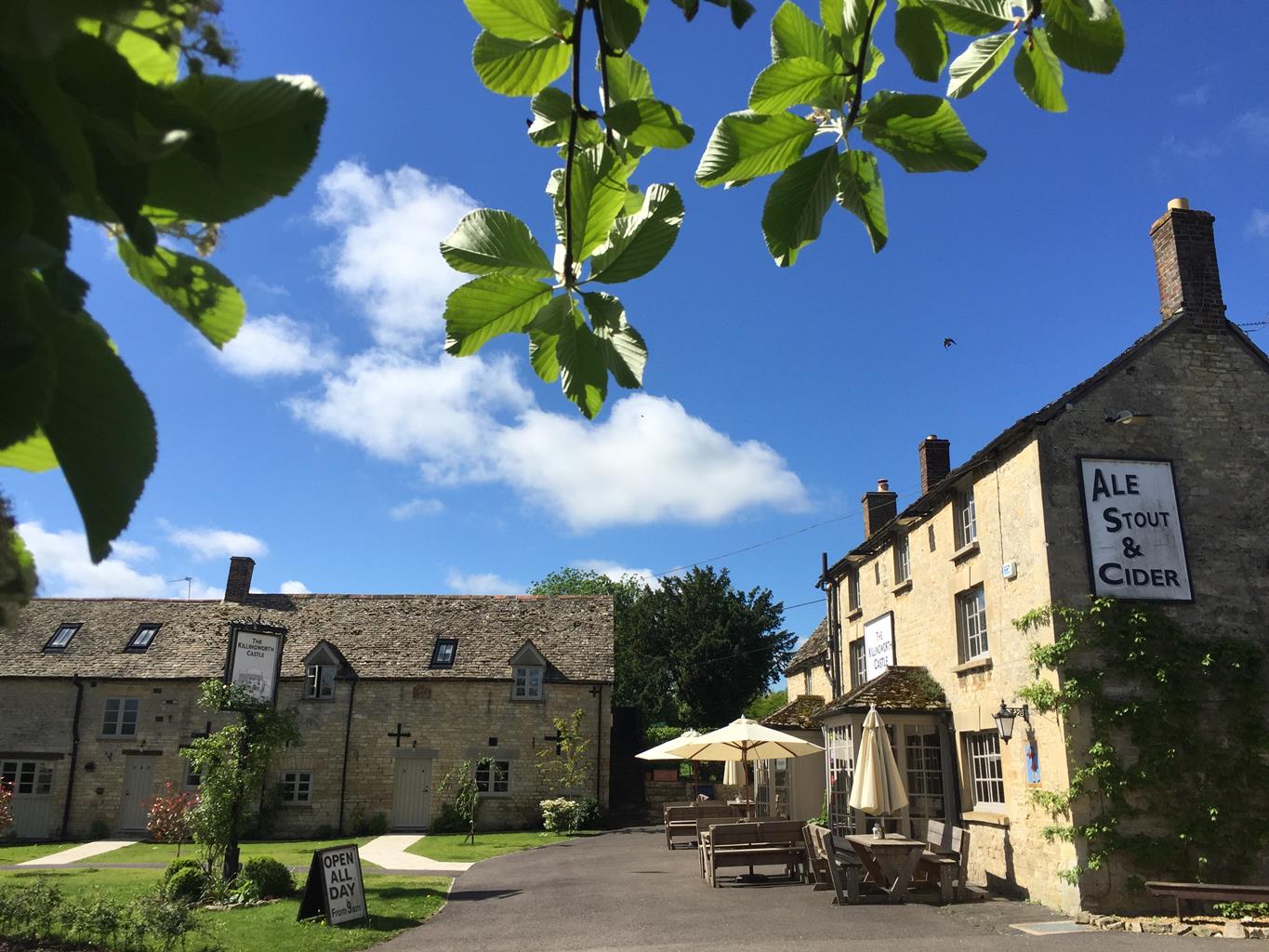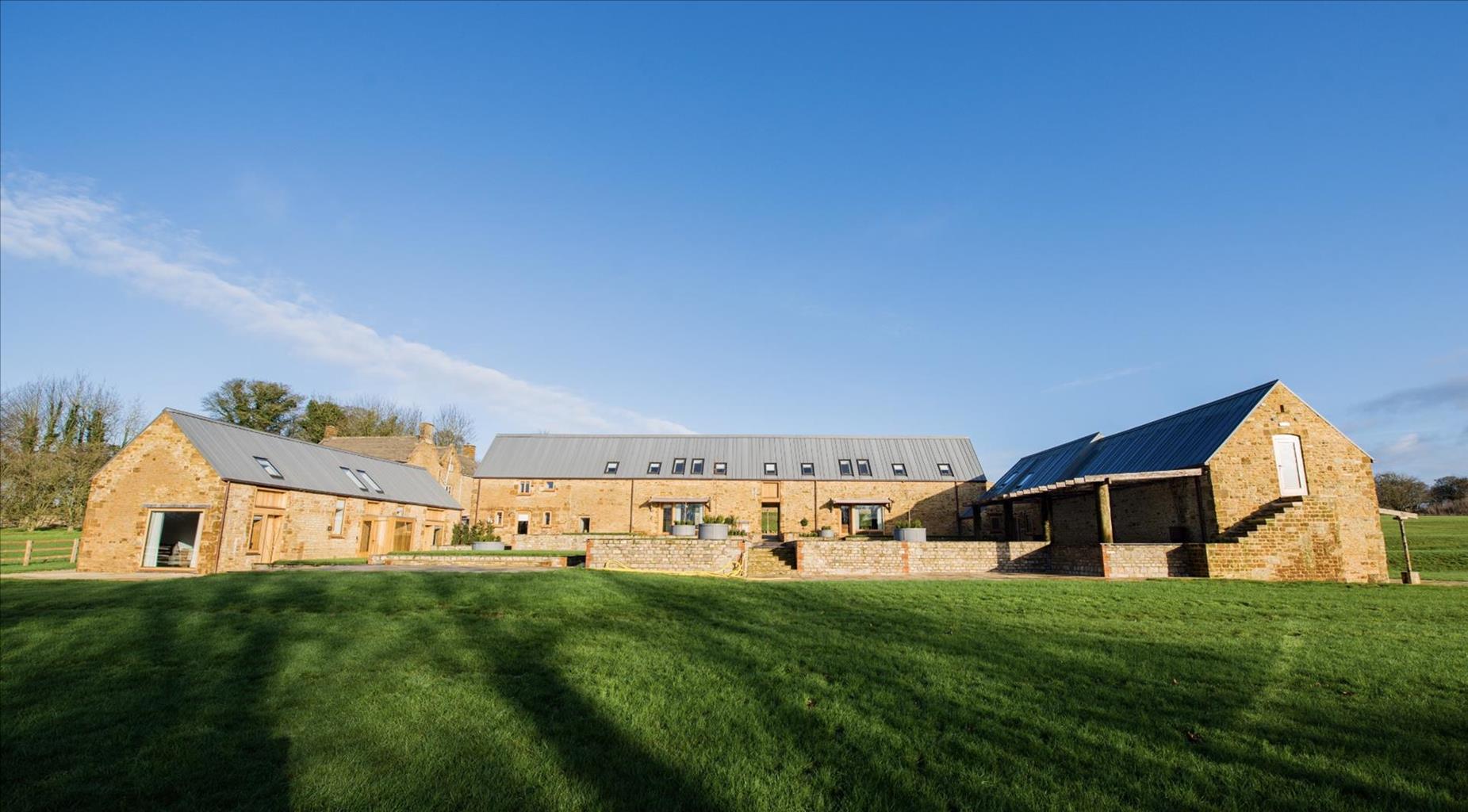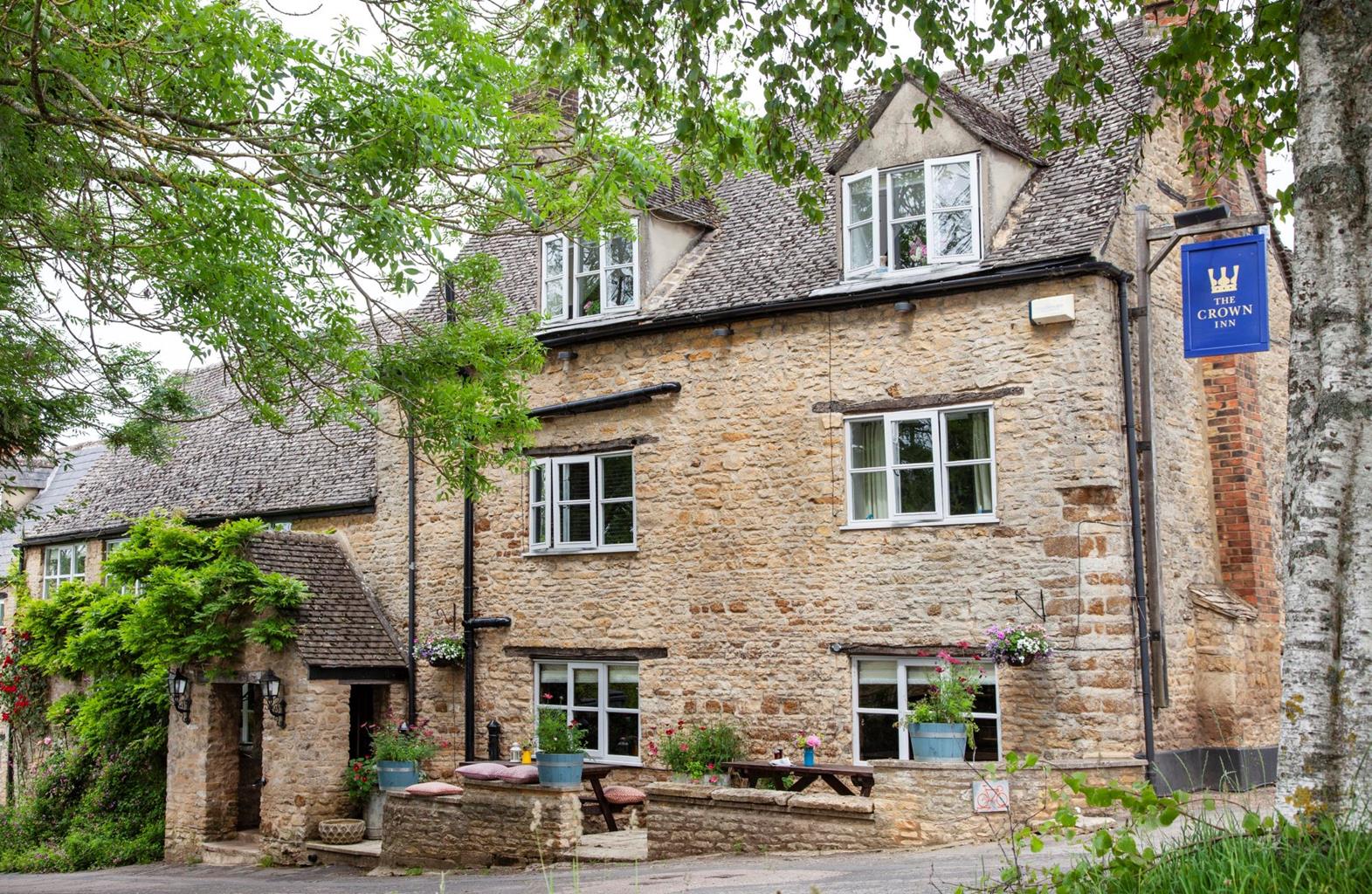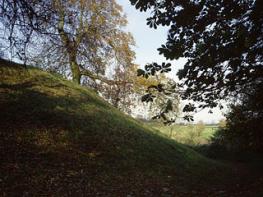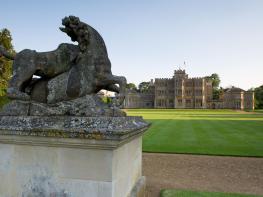Luxury In The Cotswolds offers 7 properties, all fitted out to the highest standard and ideal…
The village of Great Tew

4 miles (6.4kms)
About the walk
Arthur Mee, in his book The King's England – Oxfordshire, says that 'if our England is a garden, Great Tew is one of its rare plots.' Most would agree. The village is one of the most beautiful in Oxfordshire, a gem of a place that has to be seen to be fully appreciated.
The fall and rise of Great Tew
Designed as an estate village in the 19th century, with the intention of blending architectural beauty with utility and agricultural management, Great Tew went into decline in later years and virtually became derelict. However, the village has been given a new lease of life, with many of the thatched and ironstone cottages painstakingly restored, and now Great Tew is a designated Conservation Area. The origin of its name is unclear, but Tew is thought to mean 'ridge', of which there are a great many in the area. The village has a fascinating history. In 1036, 53 tenants lived here. By 1276 it had expanded to become a community of at least 75 households. However, the population fell during the 14th century, possibly as a result of the plague.
Falkland's manor
In later years the village became closely associated with Lucius Carey, 2nd Viscount Falkland. In the 17th century, the manor of Great Tew was inherited by the Viscount, a renowned classical scholar, poet and generous host. Falkland later became Secretary of State to Charles I but was killed in 1643 aged 33, serving as an ordinary trooper in the First Battle of Newbury. A later owner, G F Stratton, who inherited Great Tew in 1800, resided in a rather modest late 17th- or early 18th-century house which stood at the southern end of the village. During the early years of the 19th century, Stratton engaged in an ill-fated experiment in estate management, drawing his inspiration from the Scottish agricultural theorist J C Loudon.
The estate subsequently changed hands several times before being acquired by Matthew Robinson Boulton, son of James Watt's partner and one of the giants of the Industrial Revolution, who had a keen eye on its sporting potential. Outlying farms were extensively rebuilt, cottages in the village were re-thatched and other features such as mullioned windows and stone door heads were added. The estate remained the home of the Boulton family for many years. Between 1914 and 1962 Great Tew was administered by trustees on behalf of two unmarried Boulton sisters, but by now the local workforce had decreased and the estate was all but abandoned.
Robb to the rescue
It was Major Eustace Robb, an old Etonian and descendant of the Boulton family, who moved to the village with the aim of halting its steady decline. His efforts certainly paid off. A stroll through the village today is marked by a conspicuous air of affluence, with coach parties of tourists breaking their journey here to admire one of Oxfordshire's loveliest village attractions.
Walk directions
From the car park turn left, pass the village turning and take the footpath through a gate on the right. Go diagonally across the field, heading for farm outbuildings on the brow of the hill.Go through a gate at the left of a barn and continue ahead to a another gate. Walk straight up the centre of the field, then head to the far right corner to a pair of galvanised gates leading out to the road at a junction.
Cross over and take the path diagonally to your left, signposted to Little Tew. Head across the field, passing to the right of a transmitter. On reaching the road, turn right and walk down the hill into Little Tew. In the centre of the village turn left at the turning for Enstone. On the corner is the Church of St John the Evangelist.
Follow the road out of Little Tew for 0.5 mile (800m) and look for the entrance to The Lodge on the left. Cross the stream at the bottom, then turn immediately left at an opening in the hedge leading into a field. Keep along the left boundary and make for a galvanised gate in the field corner. Continue ahead on the grassy path, passing a house over on the left. Keep ahead to a driveway that leads out to the road.
Cross over onto the track signposted to The Great Tew Estate. Follow the track until it curves left towards Tracey Barn then, keep ahead on the permissive path to a stile. Walk diagonally across the field, cross a footbridge, then a stile and turn right to reach a gate in the trees. Continue for a few paces to a gate and waymark on the left. Take the path, keeping a belt of woodland on your left. Continue ahead into the next field, and a third field, always keeping the hedge-line and trees on your left. With a large ruin on your left, approach a lodge and keep to the left of it.
Follow the drive to meet the road, cross over to the junction and take the turning directly opposite the ruin. Pass the entrance to St Michael's Church, which lies peacefully amid the trees of the parkland on the right. After the Great Tew Estate Office, but before the school, take the fenced path on the right into the village. Turn left at the road and walk past the Falkland Arms, soon to follow the road left back to the car park.
Additional information
Field paths and tracks, stretches of quiet road, several stiles
Rolling parkland and farmland on edge of Cotswolds
Under control across farmland
AA Leisure Map 16 Oxford & surrounding area
Free car park in Great Tew
None on route
WALKING IN SAFETY
Read our tips to look after yourself and the environment when following this walk.
Find out more
Also in the area
About the area
Discover Oxfordshire
Located at the heart of England, Oxfordshire enjoys a rich heritage and surprisingly varied scenery. Its landscape encompasses open chalk downland and glorious beechwoods, picturesque rivers and attractive villages set in peaceful farmland. The countryside in the northwest of Oxfordshire seems isolated by comparison, more redolent of the north of England, with its broad views, undulating landscape and dry-stone walls. The sleepy backwaters of Abingdon, Wallingford, Wantage, Watlington and Witney reveal how Oxfordshire’s old towns evolved over the centuries, while Oxford’s imposing streets reflect the beauty and elegance of ‘that sweet city with her dreaming spires.’ Fans of the fictional sleuth Inspector Morse will recognise many Oxford landmarks described in the books and used in the television series.
The county demonstrates how the strong influence of humans has shaped this part of England over the centuries. The Romans built villas in the pretty river valleys that thread their way through Oxfordshire, the Saxons constructed royal palaces here, and the Normans left an impressive legacy of castles and churches. The philanthropic wool merchants made their mark too, and many of their fine buildings serve as a long-lasting testimony to what they did for the good of the local community.
Nearby stays
Restaurants and Pubs
Nearby experiences
Recommended things to do
Why choose Rated Trips?
Your trusted guide to rated places across the UK
The best coverage
Discover more than 15,000 professionally rated places to stay, eat and visit from across the UK and Ireland.
Quality assured
Choose a place to stay safe in the knowledge that it has been expertly assessed by trained assessors.
Plan your next trip
Search by location or the type of place you're visiting to find your next ideal holiday experience.
Travel inspiration
Read our articles, city guides and recommended things to do for inspiration. We're here to help you explore the UK.
